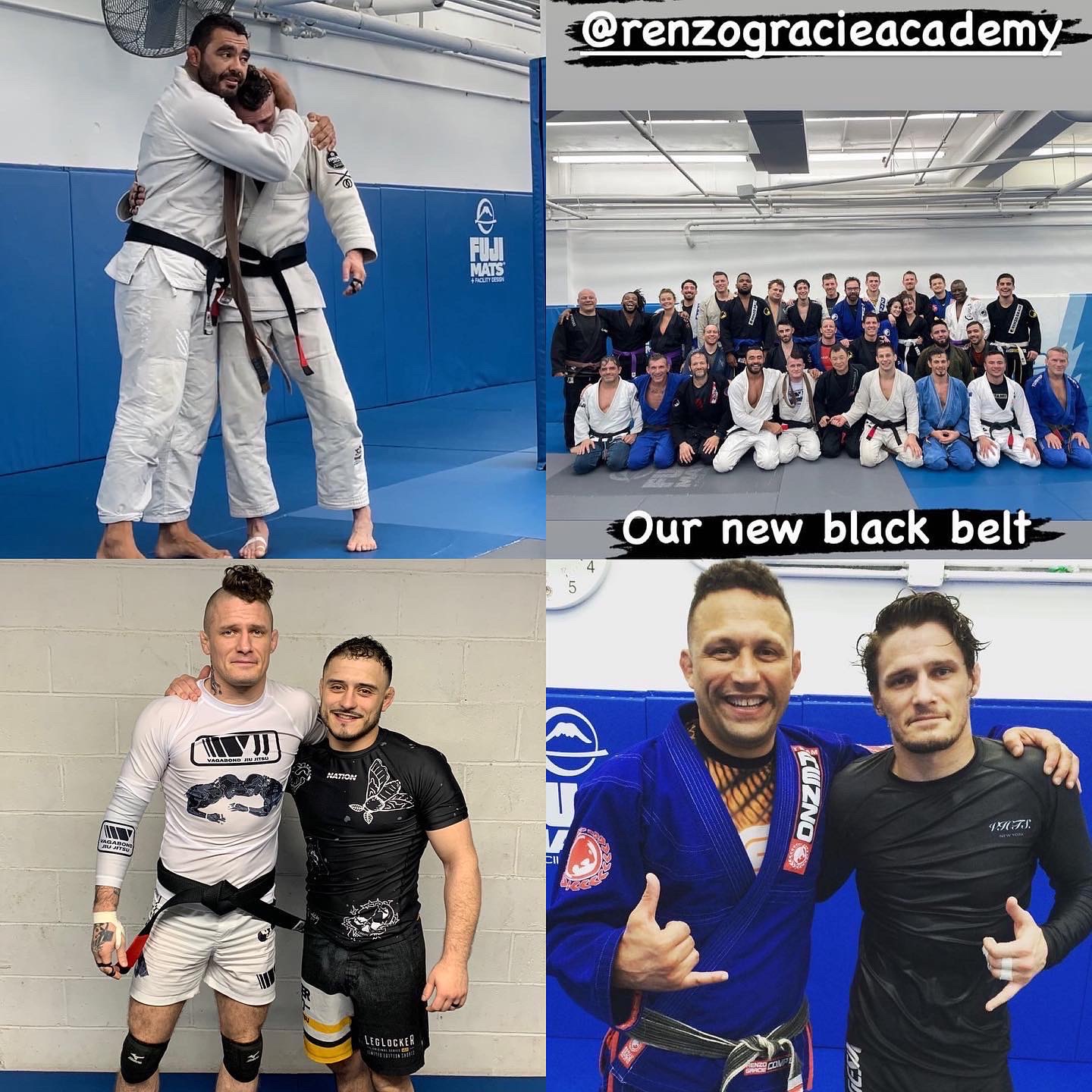Coming from Judo and having briefly wrestled in college, I instinctually had disdain for the double guard pull when I started Brazilian Jiu-Jitsu.
The thought of sitting down and conceding top position felt antithetical to my instincts and training to fight for top position, or at least outgrip the opponent and force him to sit first then work to pass. Then I blew out my knee and tore my ACL.
Coming back from ACL surgery I did not feel comfortable locking my closed guard and what followed was I began to use my healthy(ier) leg for Reverse De La Riva (or Spiral guard I think it is commonly called as well) and more recently to play Deep Half guard and sweep.
I still don't feel comfortable with takedowns and throws nor going "live" on the feet and likely will not for some time to come.
---
Conceptually and with the spirit of self-defense and the fighting/martial art in mind, I understand the disdain and decrying of the double guard pull and in light of the passivity/non-combativeness inherent to matches like the last few minutes of Rafa vs Cobrinha with the decisions going to Rafa at the Abu Dhabi World Pro 2013, and the more recent double DQ of Paolo Miyao and Keenan Cornelius at the same event, the backlash is beginning to build.
The 50/50 by extension along with the double sit down/guard pull/ankle grabbing bonanza and such positions evolved out of the knee reaping rule and the advent of the advantage. Two players jockey for position until the time is right to come up on top and get an advantage or 2 points for the "sweep" with a minute or two left and ride out the decision.
This debate rages on similar to the Berimbolo and players complaining over a certain style of play.
The competitors reflect the effort to game the rules, seeking advantage where possible.
Competitors sit down to begin the match b/c it requires less energy than a takedown, and b/c the points for sweeping are the same as that for a takedown (with the added caveat of typically less energy expended). The rules do not incentivize fighting for the takedown in matches throughout the course of a bracket/division. The players simply reflect the rules of the sport/event.
The ADCC, a nogi event, where sweeping becomes more difficult without the Gi top, you'll notice a MUCH heavier emphasis and willingness to jockey/battle for the takedown as a salient example of the effect of the rules of the competition (that and the negative point scored for pulling guard).
Even in the Gi, a competent wrestler or judoka can have his standup/takedown game stymied by a competent player who simply sits down at ANY point after the match begins. The player sitting down has the added threat/bonus of being able to submit whereas very few if any attacks (particularly at the lower belts) and submissions are available to the player in top position. The Berimbolo revolution and the countless high level players who had their back taken whilst attacking the foot in response to the Berimbolo proves the efficacy of the strategy and the low percentage success rate of the foot attack in response to said strategy.
Thus, we are left with two camps of players/competitors/schools: those that function within the rules as set forth by (for example) the IBJJF and popular sport Jiu-Jitsu, and those that will disregard or decry the rules with the spirit of the martial are and self-defense in mind.
The sliding scale of white vs black, right vs wrong, to sit to guard vs to compete in jiu-jitsu with the original martial art in mind is a by product of the rules.
If pulling guard was de-incentivized then it would happen less.
As a counter argument, as boring as the double guard pull/butt scoot/leg scissor game for a win by advantage is two jiu-jitsu players unable to take one another down and a referee decision resulting.
Though, to be fair, this happens with far more infrequency.


No comments:
Post a Comment